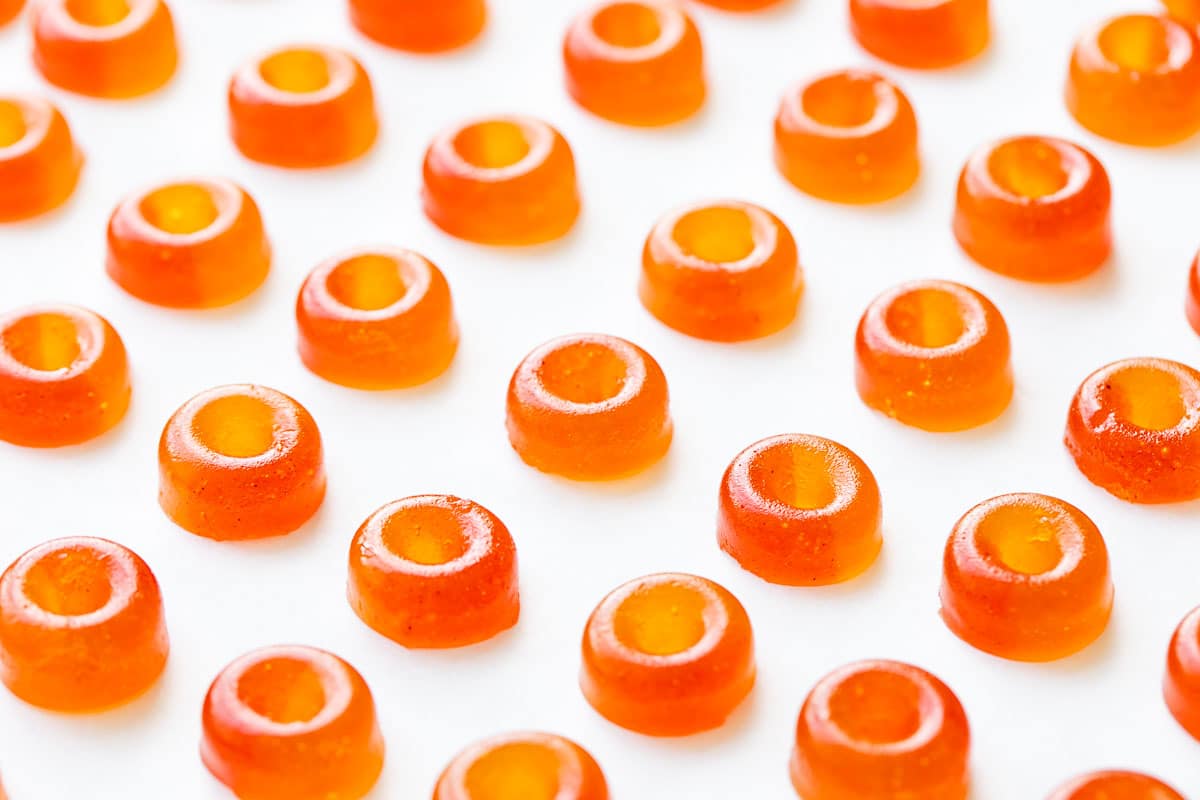These Nutrient-Dense Beans Are A Great Source Of Fiber & Protein
These beans are bursting with nutrients.

Advertisement
This ad is displayed using third party content and we do not control its accessibility features.
Image by Harald Walker / Stocksy December 11, 2024 We carefully vet all products and services featured on mindbodygreen using our Our selections are never influenced by the commissions earned from our links. A lot of people are making the most of canned foods right now, and to complement some of those nonperishables, consider adding fresh, seasonal veggies to the mix. Along with the ever-popular spring peas and asparagus, green fava beans are also in season. If you're not sure how to use them—or frankly, what they are—let this be your guide for expert-backed info about fava beans.
What are fava beans?
Nutritionist Frances Largeman-Roth, RDN, says, "Fava beans—also known as broad beans—are originally from the Mediterranean." They grow well in cooler weather, which is why in the U.S., they're primarily grown in Massachusetts, she explains.
Preparing fava beans is a two-step process, registered dietitian Megan Fahey, M.S., R.D., CDN, tells mindbodygreen. First, you have to shuck the beans from their pod, then you have to remove the gray waxy, outer layer on each individual bean. "Although added effort is required," Fahey says, "the delicate texture and pale green color of the beans are worth your time."
What are the health benefits?
"Fava beans are naturally low in sodium," Largeman-Roth tells us, which can reduce bean bloat since high-sodium beans often lead to dehydration and bloating.
They are also a great source of the minerals manganese, copper, phosphorus, magnesium, iron, and potassium, Fahey adds. "There is so much nutrition packed in their unassuming pods."
Here's the full breakdown on fava bean nutrition1, according to the USDA database:
Fava Bean Nutrition
Calories: 110Protein: 9.98 gFat: 0.92 gCarbohydrates: 22.2 gFiber: 9.45 gSugar: 11.6 gCalcium: 46.6 mgIron: 1.95 mgPotassium: 418 mgMagnesium: 41.6 mgHow to eat fava beans
If you're not a fan of peas, Fahey recommends using fava beans as a replacement. "Try incorporating them into spring salads and soups, and even as a base for hummus," she suggests.
To make a spread like hummus, Largeman-Roth says to blend the beans with extra-virgin olive oil, salt, and pepper. For a heartier meal, though, she recommends tossing them in pasta or grains, like barley and quinoa.
If you're looking for more inspiration, this fava bean and sweet pea salad recipe is practically spring in a bowl. The recipe was developed by founders of the French cooking school The Cook's Atelier, and it combines the sweetness of peas with the mild vegetal flavor of fava beans and tops it off with the bright acidic tang of fresh lemon. The recipe serves six, so share with your family, halve the recipe, or save the leftovers to brighten up tomorrow's lunch.
However you decide to cook up this springtime veggie, get ready for a delicious serving of nutrients.

 KickT
KickT 

































